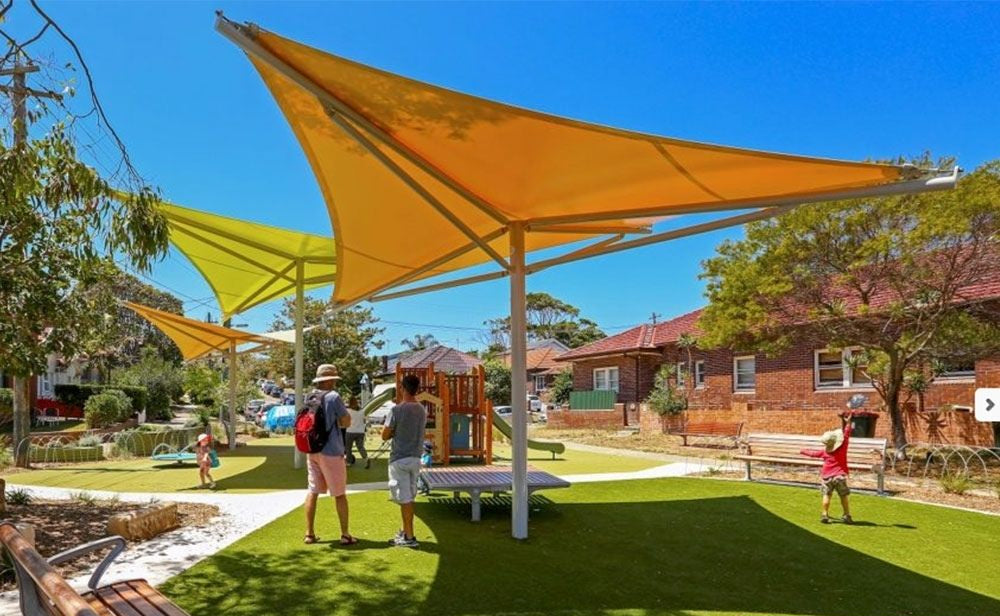Our YouTube channel includes detailed installation guides, frequently asked questions, product overviews and lots more. We are always open to content ideas so please let us know if there is a topic you would like us to cover.
HYPOD16 Shade Sail: How to Tension & Finalize Installation

A well-installed shade sail not only provides protection from the sun but also adds a stylish architectural element to your outdoor space. However, achieving the best performance from your shade sail hinges on proper tensioning. Without adequate tension, the sail can sag, flap in the wind, wear prematurely, or even become a safety hazard. This guide walks you through the essential steps to tension your shade sail correctly for a professional, durable finish.
Why Tensioning Matters
Tensioning is more than just tightening a few straps. It determines the functionality and lifespan of your sail. A properly tensioned shade sail:
-
Maintains its sleek, sculpted appearance
-
Resists wind uplift and flapping
-
Minimizes water pooling
-
Extends the life of both the fabric and hardware
Failing to tension the sail correctly can result in damage to walls, posts, and the fabric itself over time.

Step 1: Secure the Corners
Start by loosely attaching each corner of the sail to its designated anchor point using stainless steel hardware such as turnbuckles, snap hooks, or shackles. Avoid tightening the hardware fully at this stage. It’s essential to have all points connected so you can begin tensioning evenly across the structure.
-
Use high-quality, corrosion-resistant fittings
-
Check alignment and positioning before proceeding
-
Confirm that the sail is installed with a slight slope for water runoff
Step 2: Apply Tension Evenly
Tensioning should be done in a controlled, systematic manner:
-
Begin with one corner and tighten the turnbuckle until you feel resistance.
-
Move diagonally to the opposite corner and repeat the process.
-
Continue with the remaining corners in the same diagonal fashion.
-
Make incremental adjustments to maintain balanced tension across the entire sail.
The goal is to achieve a taut surface with just enough give to handle light environmental movement without flapping or distorting.
Step 3: Final Inspection and Adjustments
Once all corners are tensioned:
-
Examine the sail from multiple angles to ensure it is evenly stretched
-
Check for any sagging or loose areas
-
Tighten any hardware that feels loose
-
Confirm that all turnbuckles are locked in place
Re-check the slope of the sail to ensure water will not pool in the center during rain.

Maintenance Tips
Shade sails can loosen over time due to wind, sun exposure, and temperature changes. To maintain performance:
-
Re-tension the sail every few months, or after severe weather
-
Inspect hardware for signs of rust or fatigue
-
Remove the sail in extreme weather conditions to prevent damage
Conclusion
Proper tensioning is the key to a shade sail that’s both beautiful and functional. By following these steps, you’ll ensure a secure installation that enhances your outdoor living space while standing the test of time. With just a bit of effort upfront and occasional maintenance, your shade sail can provide years of reliable protection and visual appeal.



